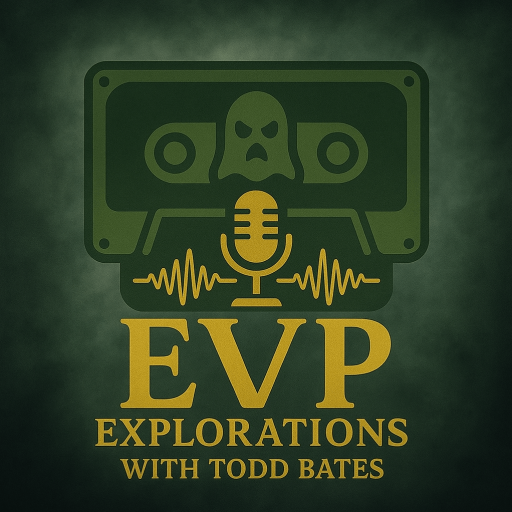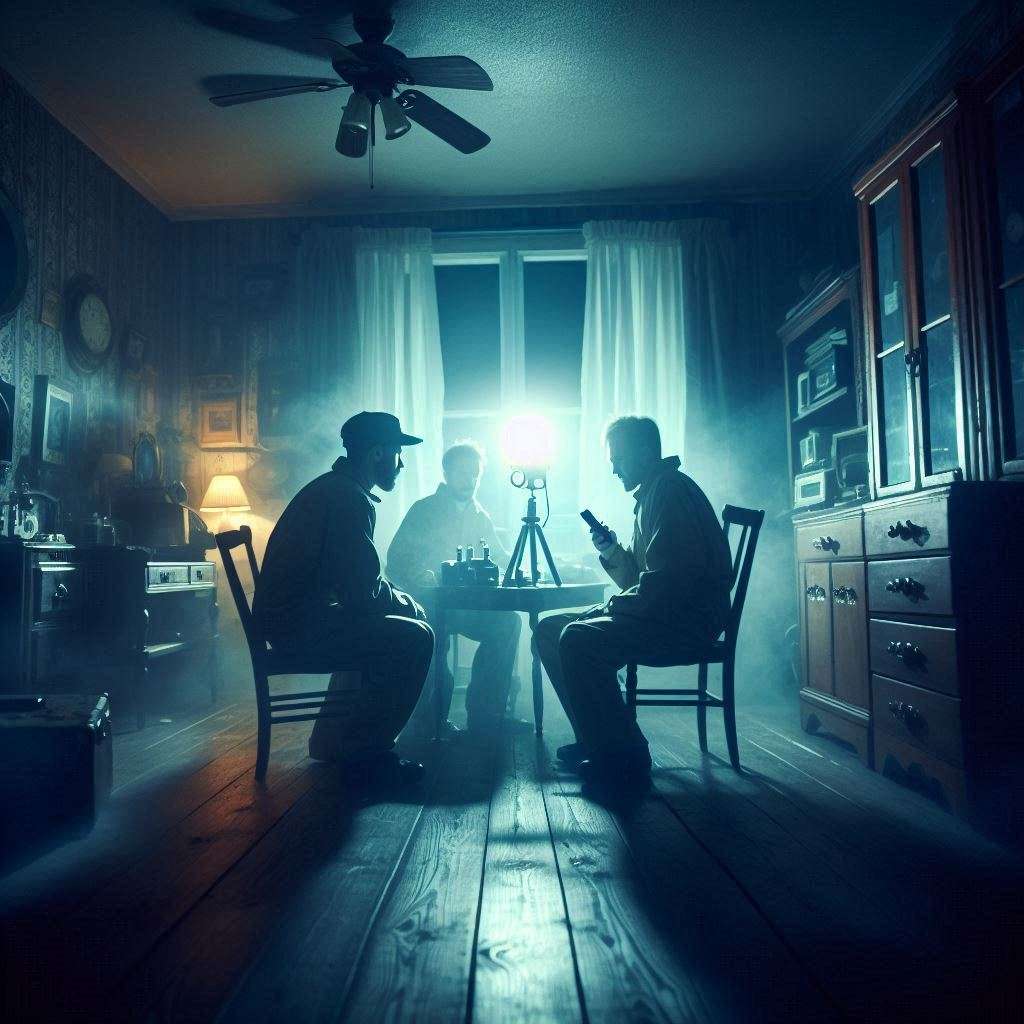Electronic Voice Phenomena (EVP) has fascinated paranormal investigators and curious minds for decades. Capturing what sounds like voices from beyond using digital or analog recorders is thrilling—but with that excitement comes responsibility. As interest in EVP grows, so do the myths and misunderstandings surrounding it. One of the biggest challenges? Telling the difference between a genuine spirit voice and the tricks our brains can play on us—especially something called pareidolia.
In this blog, we’re going to break down the myths, shed light on pareidolia, and offer some guidance on how to separate fact from fiction in your EVP sessions.
What Is Pareidolia?
Pareidolia is the brain’s tendency to find patterns—especially faces or voices—where none actually exist. It’s the reason you might see a face in a cloud, hear a melody in the hum of a fan, or pick out a “voice” in static.
When listening back to EVP recordings, pareidolia can lead you to hear words or phrases in random noise simply because your brain is trying to make sense of the sounds. It’s not paranormal—it’s psychological. That doesn’t mean all EVP is false; it just means we need to be careful and objective when analyzing our findings.
Common EVP Myths (and the Truth Behind Them)
Myth 1: If You Hear Something, It Must Be Paranormal
Truth: Hearing a voice doesn’t automatically mean it’s a spirit. Environmental noise, audio interference, or pareidolia could be at play. Always review EVP in a quiet setting, multiple times, and with others for second opinions.
Myth 2: Class C EVPs Are Still Evidence
Truth: Class C EVPs are typically faint, unclear, and open to interpretation. They can be interesting, but they should be considered suggestive, not definitive. Clear, repeatable Class A recordings hold far more evidential value.
Myth 3: Spirit Voices Always Answer Your Questions
Truth: While direct responses are compelling, sometimes we hear what we want to hear in a jumble of sound. This is especially risky when investigators lead with strong suggestions like “Did you say ‘get out’?”—prompting biased interpretations.
Myth 4: The Louder the EVP, the More Valid It Is
Truth: Volume doesn’t equal authenticity. Some loud sounds may be contamination—footsteps, movement, or background chatter. Genuine EVPs are often subtle and embedded in the ambient noise.
Tips for Avoiding Pareidolia in EVP Work
- Use a control group: Have people who weren’t present during the investigation listen to the clip without prompting. If they all hear the same thing, it’s more likely to be genuine.
- Avoid suggestive labeling: Don’t tell others what you think it says. Let them listen and draw their own conclusions.
- Use headphones—and silence: Background noise or distractions can alter perception.
- Analyze spectrograms: Visual sound analysis can help identify whether the sound is voice-like or just random noise.
- Question everything: It’s okay to be skeptical. In fact, it makes your work stronger.
Final Thoughts
EVP research is one of the most intriguing aspects of paranormal investigation—but it demands critical thinking and honesty. It’s easy to get caught up in the excitement of “hearing something,” but without careful analysis, we risk mistaking wishful thinking for real evidence.
By understanding pareidolia and challenging EVP myths, we make room for the truly compelling moments—those clear, intelligent responses that defy explanation and spark our curiosity about what lies beyond.
Keep exploring, stay curious, and always question the noise.
— Todd Bates
EVP Explorations
Stay Connected with EVP Explorations!
Subscribe to our free newsletter for the latest updates, education, tips, investigation methods, and new articles—delivered right to your inbox.
Join today and keep exploring with us!

















